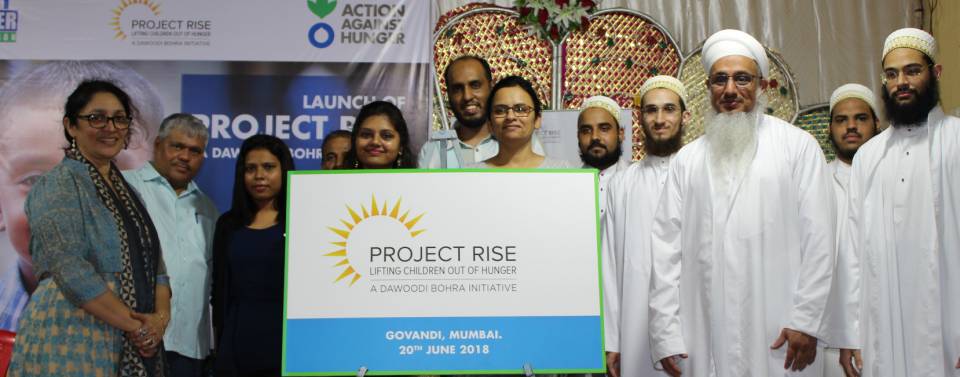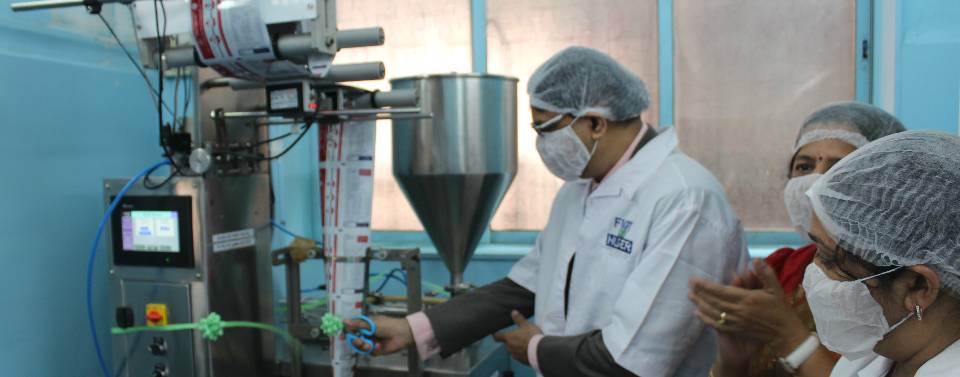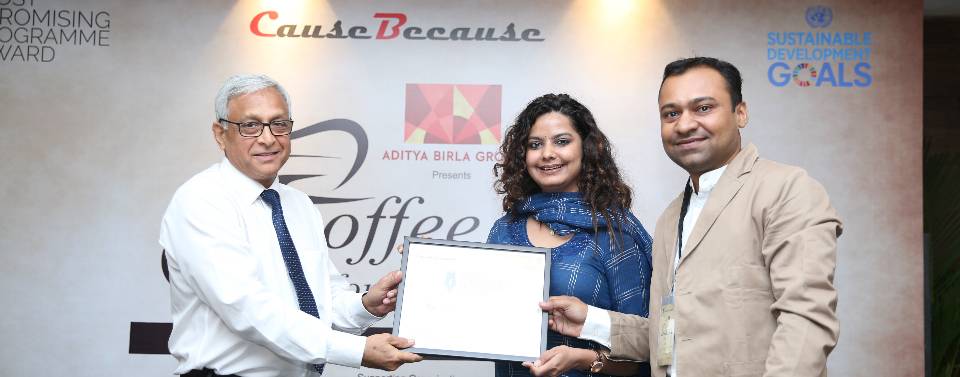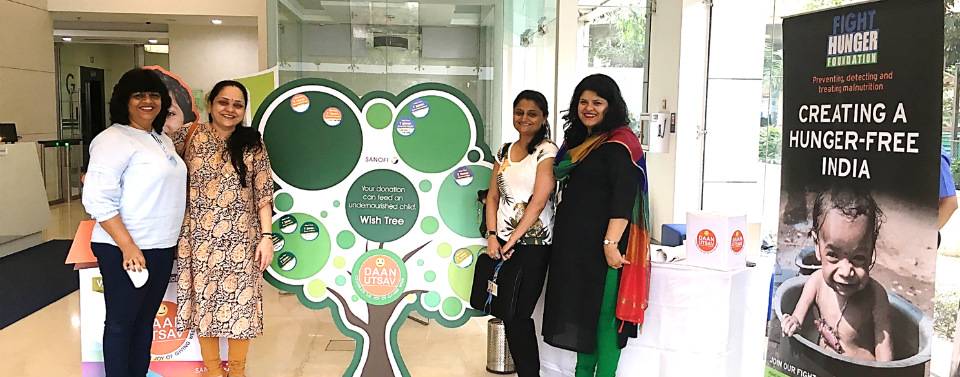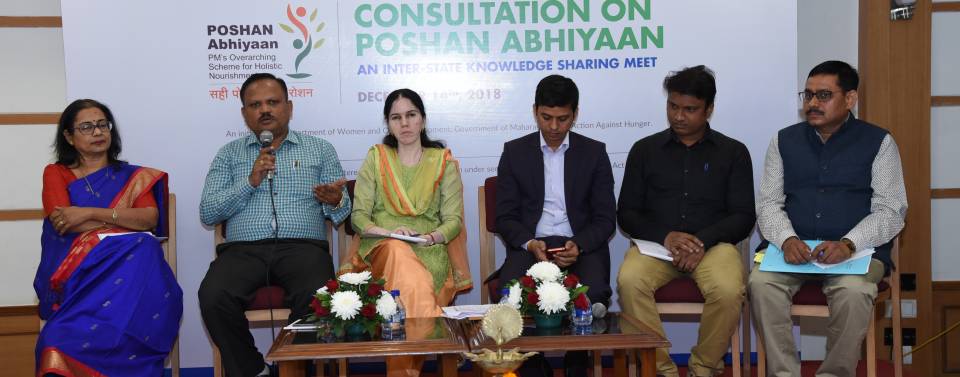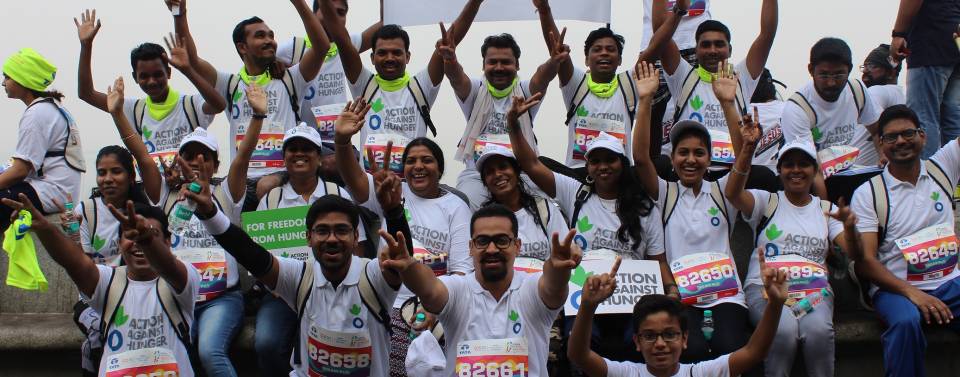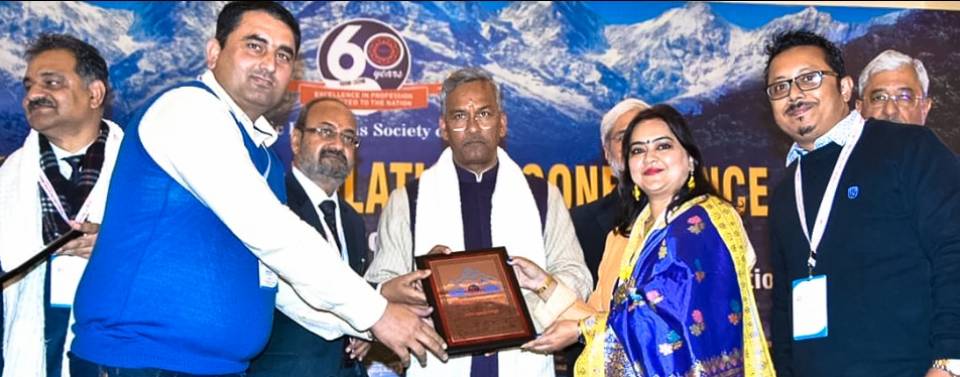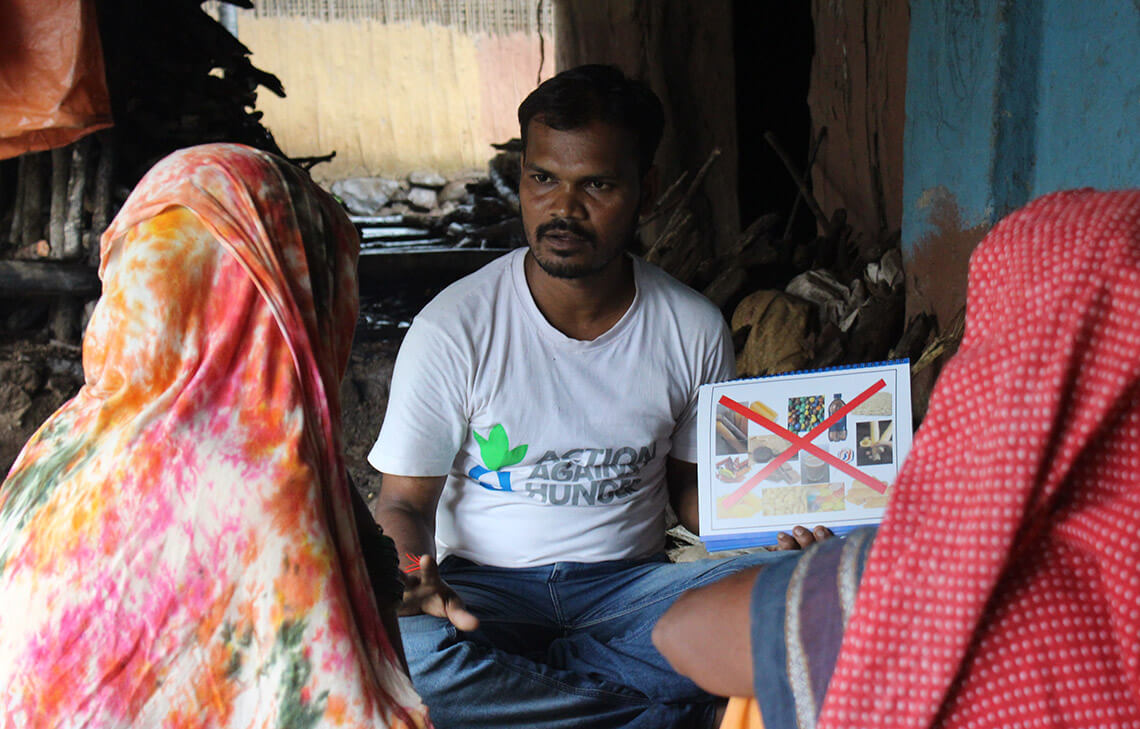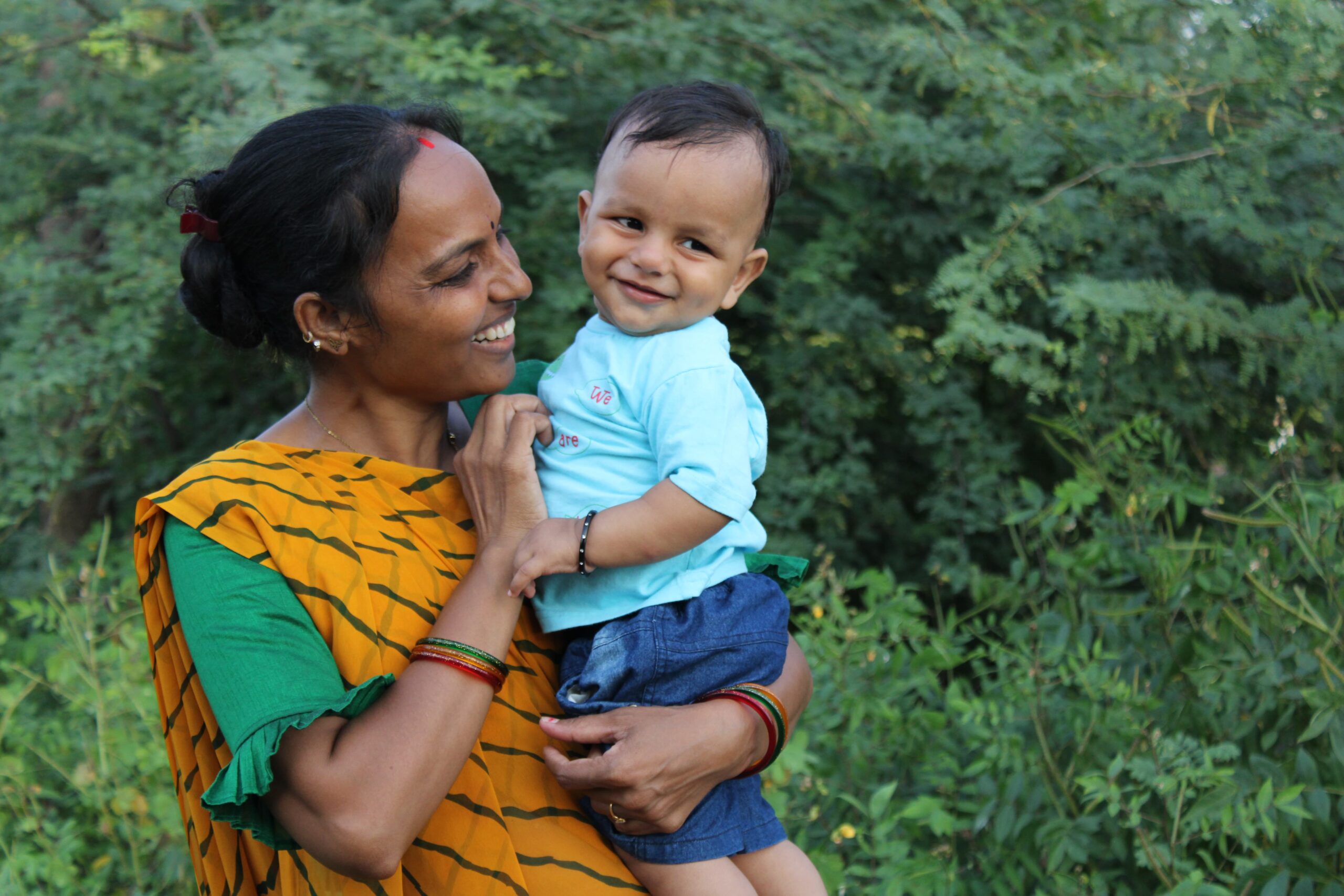Mumbai, 20 June 2018:
The Dawoodi Bohra community, in partnership with Action Against Hunger, launched Project Rise at Govandi, Mumbai. Project Rise aims to contribute towards alleviating hunger in some of the poorest parts of India and significantly raise health and nutrition levels of children suffering from severe malnutrition.
Project Rise will begin by supporting families in Mokhada and Govandi, immediately impacting the lives of impoverished families and creating the possibility for brighter and healthier futures. The word ‘rise’ in the initiative’s very name illustrates the ultimate purpose of this project: to help raise the less fortunate and disenfranchised of our societies to higher plateaus of material and spiritual well-being, and to inspire the more fortunate among us to rise to the occasion by contributing their time, resources and passion to this cause.Mr. Yusuf Mukarram of Project Rise commented, “His Holiness Dr. Syedna Mufaddal Saifuddin, head of the Dawoodi Bohra community, lays great emphasis on the need to show kindness to the less fortunate and to help those in need. Syedna has often stated that those in need and those who come to their aid both ‘rise’ as a result of helping one another. As a result of this guidance, Dawoodi Bohra communities have established social programs all over the world targeted at improving and uplifting the human condition. The launch of Project Rise in Mumbai will focus resources on combating malnutrition and providing mothers, caregivers and local health workers with disease prevention techniques. The primary aim being to ensure healthy futures for children. ”
The launch of Project Rise coincided with Eid Celebrations in the community of Govandi. A special Eid meal was organized by Faiz al-Mawaid al-Burhaniyah – the Dawoodi Bohra community kitchen program – Over 100 men, women and children from Umerkhadi and Sathe Nagar were hosted. Families also enjoyed a skit called ‘Nukkad Natak’ performed by local artists with a message of improving health and nutrition.
Mr. Mukarram continued, “That so many children in Mumbai suffer from malnutrition is both tragic and ironic given that this city is the financial hub of our country. The Dawoodi Bohra community is convinced that all of us can and must do more to reduce child mortality rates related to malnutrition and preventable diseases. That is why we are joining forces with Action Against Hunger to create Project Rise. I urge everyone in Mumbai to support our cause in the fight against malnutrition as we strive to create a hunger-free India.”
Nearly one in four children risk being severely malnourished in Govandi and Mokhada. Young children in Govandi, with low immunity levels, are particularly susceptible to infections due to air pollution from the Deonar dumping ground. This can lead to loss of appetite, rapid weight loss, malnutrition and the risk of mortality.
Dr Wasundhara Joshi, Executive Director and member of the Board of Action Against Hunger, commented, “In order to truly succeed in our global goal of eradicating hunger by 2030, strategic alliances and innovative partnerships are more vital than ever. We’re delighted that the Dawoodi Bohra community has come forward to support families and be a part of our lifesaving community interventions.”
